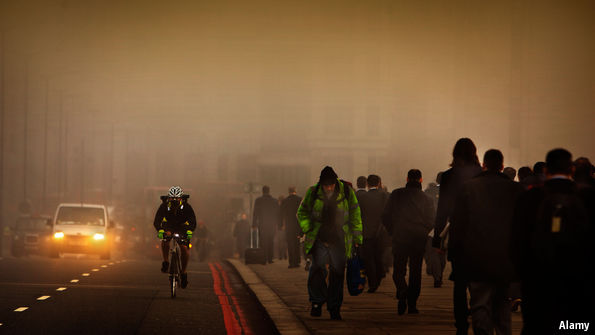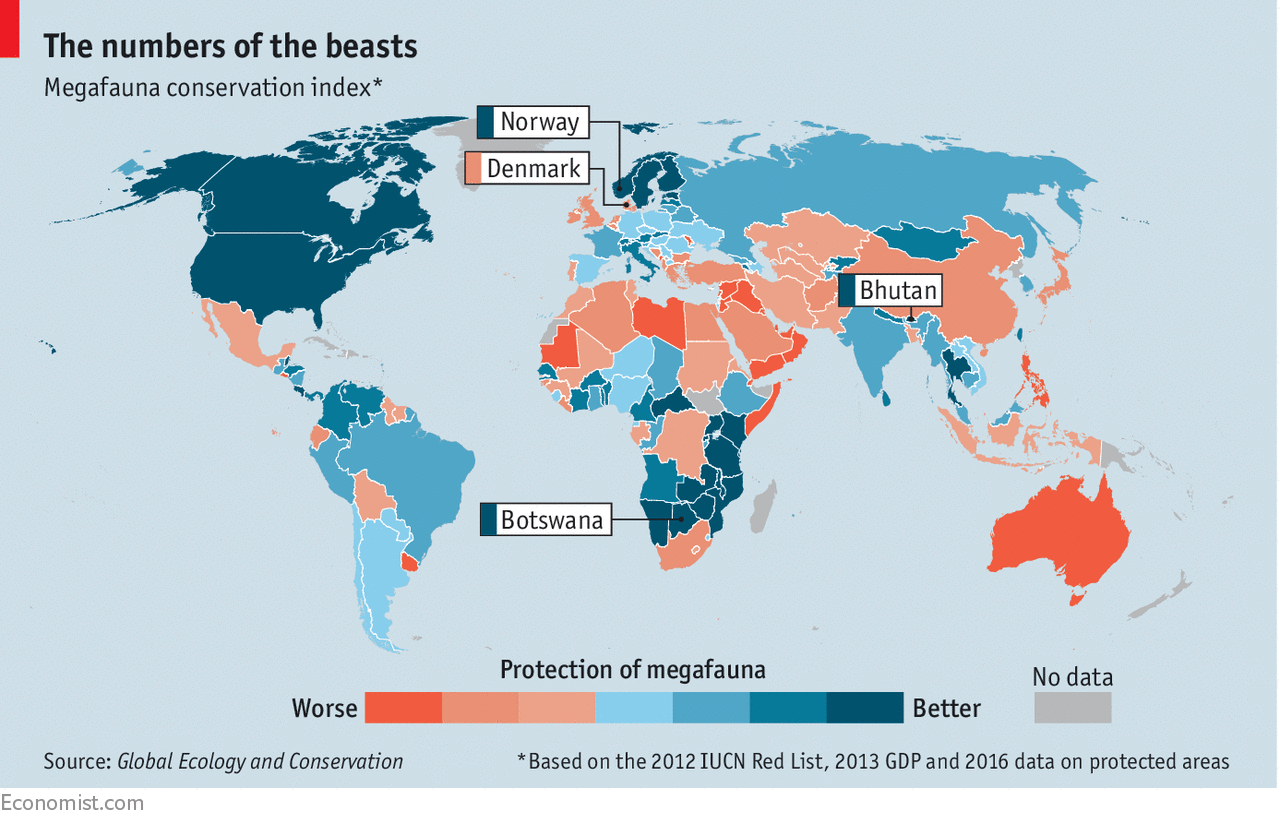A way to make water potable using carbon dioxide
THE world’s thirst for clean drinking water is vast and growing. It is also unslaked, particularly in poor countries. The World Health Organisation estimates that more than 660m people rely on what it calls “unimproved” water sources. A quarter of this is untreated surface water. Moreover, even water that has undergone at least some treatment may not be potable. Across the planet, 1.8bn human beings drink water contaminated with faeces. All this polluted water spreads diseases such as cholera, dysentery and typhoid. Every year, more than half a million people die from waterborne diarrhoea alone. As they describe in a paper in Nature Communications, however, Howard Stone of Princeton University and his colleagues have an idea for a new and cheap way to clean water up by mixing it with a substance normally regarded as a pollutant in its own right—carbon dioxide.
There are many existing ways to make water safe to drink, but each has drawbacks. The…Continue reading
Source: Economist













